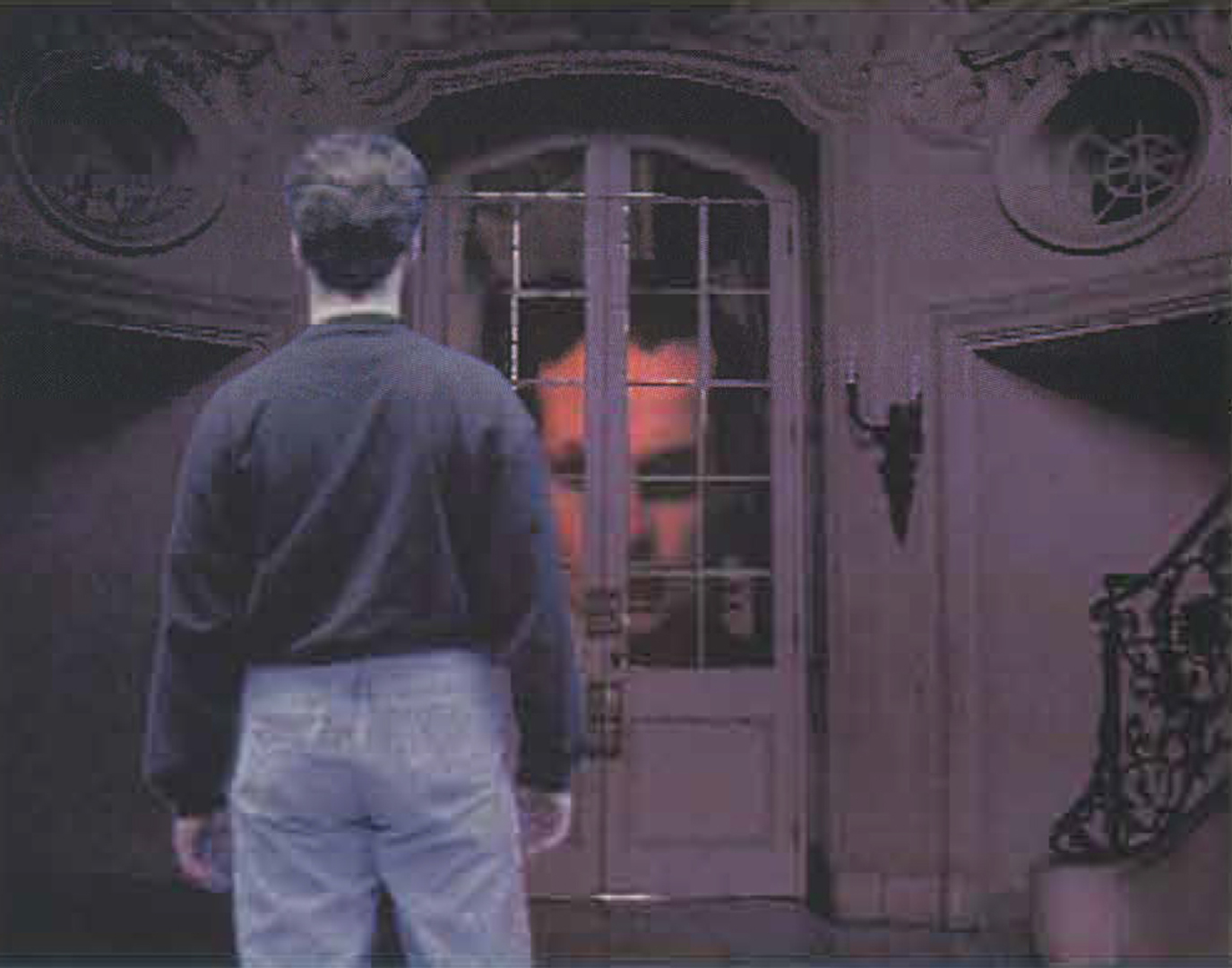Monika Fleischmann, Wolfgang Strauss, Christian A. Bohn: Liquid Views
Artist(s):
Title:
- Liquid Views
Exhibition:
Category:
Artist Statement:
Narcissus—the young Greek man—recognized himself in the water, fell in love with his reflected image in the water, and was ruined for that. Today’s Narcissus should reflect about the future and the perspective of media technology by viewing and interacting with his virtual image.
The interactive installations—Rigid Waves and Liquid Views—are based on the Narcissus myth. Both are reflection themes playing with the observer’s image. The image seems to talk with the onlooker. A virtual mirror image of the observers is overlaid by a virtual scene.
Man is confronted with the machine, and they interact with the computer. Images come alive, driven by the action of the performer. The interface is the visitor’s image. From his/her traditional passivity the viewer gets to interact with the image. S/he leaves an impression on the image.
A painting showing a mirror—the spectator moves closer to the image, and when s/he gets a certain distance, the painting changes more and more to a ‘realistic’-style picture, gets sharper, and finally looks like a photo.
After giving the observer a pause to manage his/her surprise, the reality of the photo increases further. Then the mirrors in front of the picture begin to work. Their functionality is the final step into reality. The observer can see his/her likeness distorted, and can deform it by changing his/her position in front of the mirror.
After a short time of ‘playing,’ the performer will ‘leave the scene’—the scene will leave its reality—getting a new static painting, which will be kept until the next observer wants to dive into it.
The flat painting opens into a visual space sutured into reality by photo-realistic and acoustic elements as the observer gets closer to the picture’s surface. The observer becomes part of the world that happens in the painting, merging into the virtual life. When s/he leaves, the world slowly looses its activity, leaving his/her distorted image in it.
For Liquid Views, a watery surface of smooth waves is surrounded by an artificial landscape. Coming closer, the visitor sees his/her image reflected in the water. The observer is confronted with him/herself before the surface of the water changes and the observer’s image on it. Soft waves are released, influenced by the natural environment. By touching the surface the observer generates waves. After recognizing the liquid’s behavior, s/he will try to test it in an extreme state, overstating it.
Nature manipulates vision. Vision can be controlled in a specific way but cannot be ruled over. The water may only be influenced or left alone, but the real master of it is not the observer. Easily the nature can be lead to an overdone state—out of control—needing a long time to pacify.
The realization is based on a horizontally positioned touch screen, on which a SGI Reality Engine simulates the water, implemented by special algorithms. The user’s image is caught by a video-camera, installed beneath the touch screen. The image is created by texture-mapping with a video-picture in real time.






